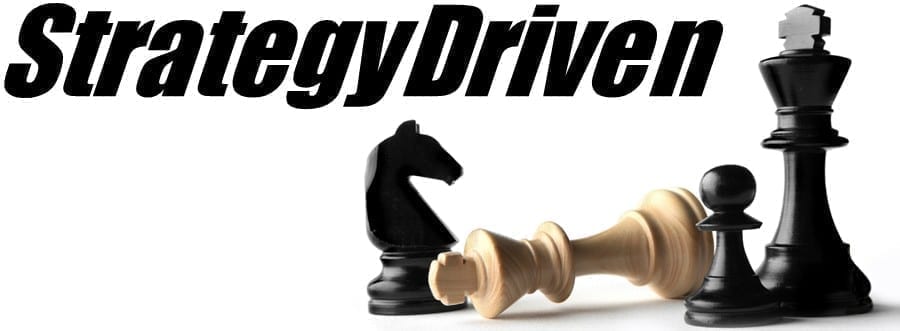Deciding on the Best Business Strategy Options

Choosing the Right Business Strategy for Your Company
When it comes to , there are a variety of options to consider. One key factor to take into account is the current state of your industry and market trends. Analyzing the competition and understanding consumer behavior can help you determine which strategy will be most effective for your business.
Another important aspect to consider is your company’s goals and objectives. Whether you are looking to increase market share, improve profitability, or expand into new markets, your business strategy should align with these goals. It’s also crucial to assess your company’s strengths and weaknesses to determine which strategy will best capitalize on your strengths and mitigate your weaknesses.
Assessing Market Trends and Competitor Analysis
When deciding on the best business strategy options, it is crucial to thoroughly assess market trends and conduct a comprehensive competitor analysis. By staying informed about the latest trends in the industry, businesses can adapt their strategies to meet the evolving needs of customers. This involves monitoring changes in consumer preferences, technological advancements, and economic factors that may impact the market.
Competitor analysis plays a key role in determining the strengths and weaknesses of rival businesses. By studying the strategies and tactics employed by competitors, companies can identify opportunities for differentiation and innovation. This insight can help businesses position themselves more effectively in the market and gain a competitive edge. Utilizing tools such as SWOT analysis can also provide valuable insights into the competitive landscape.
Strategic Planning: Developing Long-Term Goals and Objectives
When it comes to strategic planning, it is crucial for businesses to carefully consider all their options in order to develop long-term goals and objectives. One key aspect of this process is deciding on the best business strategy options that will set the foundation for success. This involves analyzing the current market landscape, competition, and internal capabilities to determine the most effective path forward.
Businesses must weigh various factors when choosing their strategy, such as cost, risk, and potential for growth. Some common business strategy options include differentiation, cost leadership, and niche targeting. By carefully evaluating these options and selecting the most suitable one, companies can ensure they are on track to achieve their long-term goals and objectives in a competitive and ever-changing market environment.
Implementing and Monitoring Your Chosen Business Strategy for Success
When it comes to deciding on the best business strategy options, it’s important to consider a few key factors. One of the first steps is to assess your company’s strengths and weaknesses, as well as any opportunities or threats in the market. This SWOT analysis can help you pinpoint areas where your business excels and identify areas where improvement is needed. Next, you’ll want to look at different strategic options that align with your company’s goals and objectives. Whether you decide to focus on growth, cost leadership, differentiation, or niche marketing, each strategy comes with its own set of benefits and challenges. It’s crucial to carefully evaluate each option before making a decision.
Once you’ve chosen a business strategy that aligns with your company’s vision, it’s time to implement and monitor its progress. This involves creating a detailed plan that outlines specific actions, timelines, and responsibilities. By breaking down the strategy into manageable tasks, you can track progress and make adjustments as needed. Regular monitoring and evaluation are key to ensuring that your chosen strategy is meeting its objectives and driving your business towards success. Remember, flexibility is key in today’s fast-paced market, so be prepared to adapt your strategy as needed to stay ahead of the competition.
Final Thoughts…
Choosing the best business strategy requires careful consideration and analysis of various factors. From market trends to competitor actions, there are numerous variables that can impact the success of a chosen strategy. By weighing the pros and cons of different options and staying flexible in adapting to changing circumstances, businesses can position themselves for long-term success. Remember, the best strategy is not always the most obvious one, so don’t be afraid to think outside the box and innovate. Good luck in your strategic decision-making process!

 StrategyDriven Enterprises, LLC
StrategyDriven Enterprises, LLC There is a common misperception that being more efficient necessarily equates to being more cost effective. However, that relationship does not necessarily exist. While seemingly desirable to be more efficient, the benefits may not necessarily be cost reductions. In fact, depending on where the efficiencies are gained within a given process, higher costs may be incurred. Consequently, leaders must articulate their goals as a specific outcome to be achieved, cost reductions being one, and not simply as a desire to be more efficient.
There is a common misperception that being more efficient necessarily equates to being more cost effective. However, that relationship does not necessarily exist. While seemingly desirable to be more efficient, the benefits may not necessarily be cost reductions. In fact, depending on where the efficiencies are gained within a given process, higher costs may be incurred. Consequently, leaders must articulate their goals as a specific outcome to be achieved, cost reductions being one, and not simply as a desire to be more efficient.

